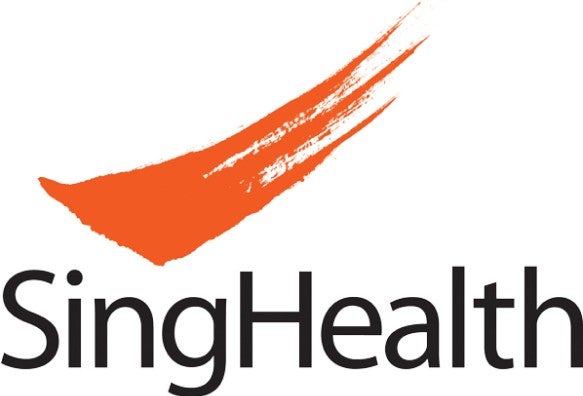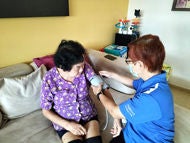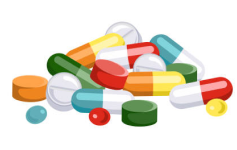Uses
What is Diphencyprone for?
Diphencyprone, also known as Diphenylcyclopropenone (DCP) is a contact immunotherapy and can be used in the treatment of alopecia areata or viral warts. Use of DCP involves multiple visits to hospital over several months. Contact immunotherapy is used in the treatment of severe alopecia areata which does not respond to topical treatments or intralesional steroid injection. DCP works by inducing allergic contact dermatitis where the mild inflammatory reaction is associated with hair regrowth. Evidence of hair re-growth may be seen as early as 3 months but the time taken to achieve significant hair growth varies between individuals. Around 50 to 60% achieves worthwhile hair regrowth. However, response rate varies as well. DCP can also be used in the treatment of recalcitrant viral warts (warts that do not respond to usual therapy). It works by inducing a hypersensitivity reaction to trigger the immune system to fight the virus.
How should I take or use Diphencyprone?
- The first visit involves a sensitisation procedure, whereby a high concentration of DCP will be applied to a small patch of hair loss on the scalp and left on for 24 hours. Thereafter, DCP should be removed by wiping area with tissue before washing it in the shower. Area where DCP was applied may become itchy or blister. However, it will go away in 2-3 weeks.
- Your child will be assessed 1-2 weeks later to decide if DCP will work. If an eczematous reaction (ie. area becomes red and itchy) is present, your child can be started on DCP.
- DCP is applied usually once a week and continued until hair is regrown. It comes in different concentrations and may be slowly increased over time.
- It is recommended to leave DCP on the affected area for 24 hours. However, if reaction is intolerable (severe itching, burning or blistering), DCP may be washed off after a minimum of 4 hours. The aim is to achieve tolerable itch for 24 to 48 hours.
- It is advisable to shield head with a cap or cloth to protect from sunlight after application. This is to prevent DCP from getting degraded by sunlight. Care should be taken to avoid DCP touching other areas.
Treatment is recommended to be continued for at least 6 months. If no response is seen after 6 to 12 months, it may be recommended to stop treatment. Your child will require multiple trips.
Precaution
What precautions should I take when taking or using Diphencyprone?
Do not scratch or touch the treated area before it is wiped and washed off. This is to prevent accidental transfer of DCP to other parts of the body.
Side Effects
What are some common side effects of Diphencyprone?
Treatment is usually safe. Any side effects are usually due to hypersensitivity to DCP and no long term side effects have been reported. Possible side effects of DCP include:
- Severe dermatitis or blistering: This is the most common side effect, but risk can be minimised through careful titration of DCP concentration. Also, it may be possible to develop rashes on other parts of the body that is not exposed to DCP. If this happens and is severe and extensive, do consult the doctor immediately.
- Swelling of lymph nodes behind ears or neck: This is usually temporary but may persist throughout treatment period.
- Hypo/hyperpigmentation conditions may occur in patients with pigmented skin.
- Uncommon side effects include urticaria (“hives”) and vitiligo (white patches).
Handling
How should I store Diphencyprone?
- Keep away from children
- Keep in a cool, dry place, away from direct sunlight
For more information
What else should I know about Diphencyprone?
DCP is not recommended for use in pregnancy or breastfeeding.
Disclaimers
If you take more than the recommended dose, please seek medical advice immediately. The information provided on this page does not replace information from your healthcare professional. Please consult your healthcare professional for more information.
This article is jointly developed by members of the National Medication Information workgroup. The workgroup consists of cluster partners (National Healthcare Group, National University Health System, and SingHealth), community pharmacies (Guardian, Unity, and Watsons), and the Pharmaceutical Society of Singapore. The content does not reflect drug availability and supply information in pharmacies and healthcare institutions. You are advised to check with the respective institutions for such information.
Contributed by
Last Updated on May 2017
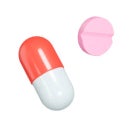
Need More Medicine?
Use Medicine Order Service on HealthBuddy.
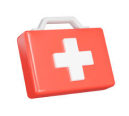
Medicines Reminder
Get reminders and chart progress on HealthBuddy.
